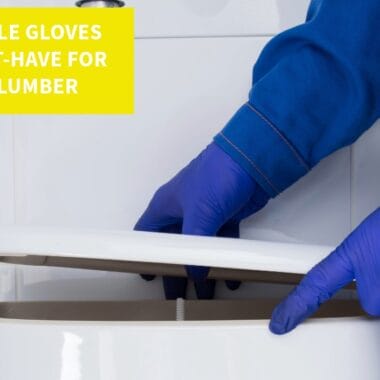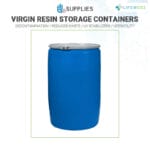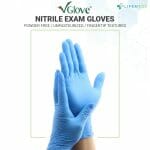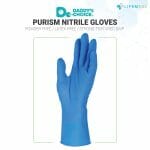What are Full Face Respirators?
Full face respirators are a type of personal protective equipment (PPE) designed to protect the wearer from inhaling hazardous airborne particles, gases, or vapors while also shielding the eyes and face. Unlike half-face respirators, which only cover the nose and mouth, full face respirators provide complete face coverage, offering enhanced protection in environments where both respiratory and eye safety are critical. These respirators are commonly used in industries such as chemical manufacturing, pharmaceuticals, healthcare, construction, and emergency response.
How Do Full Face Respirators Work?
Full face respirators work by filtering the air the wearer breathes through replaceable cartridges or filters that are designed to block harmful substances. The respirator creates a tight seal around the wearer’s face, ensuring that no unfiltered air can enter. The clear face shield provides eye protection from chemical splashes, fumes, and other hazards. Depending on the filters used, these respirators can protect against a wide range of contaminants, including dust, gases, vapors, and toxic chemicals.
Types of Full Face Respirators
There are two primary types of full face respirators:
- Air-Purifying Respirators (APRs): These respirators rely on replaceable filters or cartridges to purify the air that the user inhales. APRs are suitable for environments where the air contains harmful particles, gases, or vapors, but sufficient oxygen is available.
- Powered Air-Purifying Respirators (PAPRs): PAPRs use a battery-powered blower to pull air through the filters, providing a continuous flow of clean air. These are typically used in environments where there are high concentrations of hazardous substances, offering a more comfortable experience for extended use.
Key Features of Full Face Respirators
- Face Protection: The clear, durable face shield provides protection from splashes, flying debris, and harmful vapors, ensuring the wearer’s eyes and face are safe from exposure.
- Replaceable Filters or Cartridges: Full face respirators use specific filters or cartridges that can be replaced based on the type of contaminant present. For example, HEPA filters are effective against particulate matter, while gas and vapor cartridges provide protection against specific chemicals.
- Comfort and Fit: Full face respirators are designed to create a tight seal around the face to prevent leakage. Most models are adjustable to ensure a snug and comfortable fit. It’s critical to perform a fit test to confirm the mask is properly sealed.
- Breathability: Though these respirators provide superior protection, breathability is a key consideration, especially during extended wear. PAPRs are particularly useful in ensuring easy breathing while offering maximum protection.
Benefits of Using Full Face Respirators
- Comprehensive Protection: Full face respirators offer both respiratory and eye protection, making them ideal for environments with multiple hazards, such as exposure to airborne particles and chemical splashes.
- Versatile Filter Options: These respirators can be adapted to various work conditions by changing the filters or cartridges, making them suitable for a wide range of industries, including hazardous material handling and chemical processing.
- Enhanced Durability: Made from high-quality materials, full face respirators are designed to withstand harsh industrial environments and provide long-lasting protection.
Uses of Full Face Respirators
Full face respirators are widely used in industries that deal with hazardous materials. Common uses include:
- Chemical and Pharmaceutical Industries: Workers in these sectors use full face respirators to protect themselves from inhaling dangerous fumes, vapors, and gases while also guarding against chemical splashes.
- Healthcare and Emergency Response: In settings where workers are exposed to infectious diseases or toxic chemicals, full face respirators provide critical protection for both the respiratory system and the eyes.
- Construction and Demolition: Full face respirators are used to protect against dust, mold, asbestos, and other particulate hazards present on construction sites.
Proper Use and Maintenance of Full Face Respirators
To ensure the effectiveness of full face respirators, proper use and maintenance are essential. Users must perform a fit test to ensure a secure seal around the face and should regularly inspect the respirator for signs of wear or damage. Filters and cartridges must be replaced according to the manufacturer’s guidelines, and reusable respirators should be cleaned and stored properly to ensure long-term usability.
Conclusion
Full face respirators provide a high level of protection for workers in hazardous environments, shielding both the respiratory system and the eyes from harmful contaminants. Their ability to adapt to different work conditions through interchangeable filters and cartridges makes them a versatile and essential component of personal protective equipment in many industries. Proper use and maintenance are key to maximizing the safety and effectiveness of full face respirators, ensuring that users remain protected in challenging and dangerous work environments.
« Back to Glossary Index

















